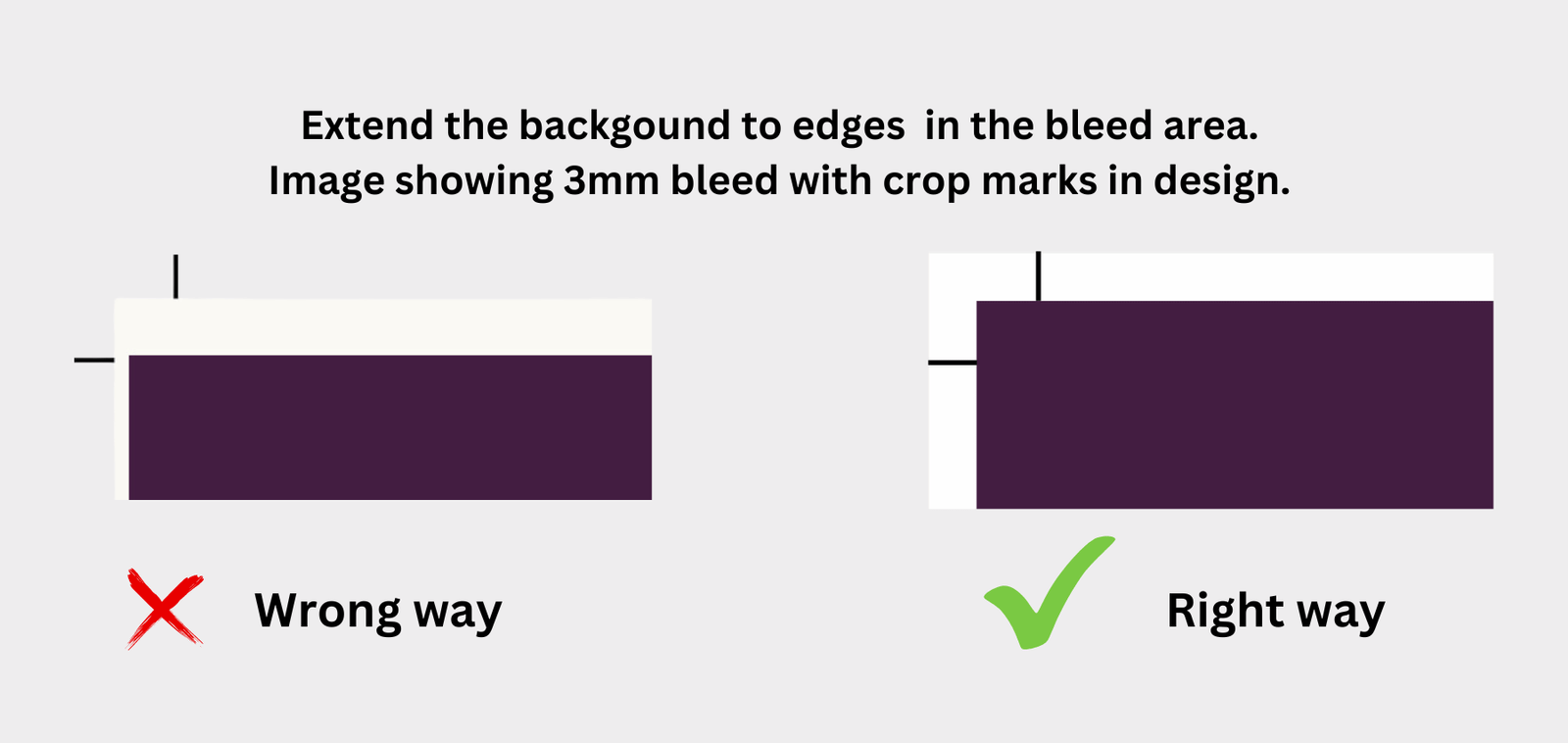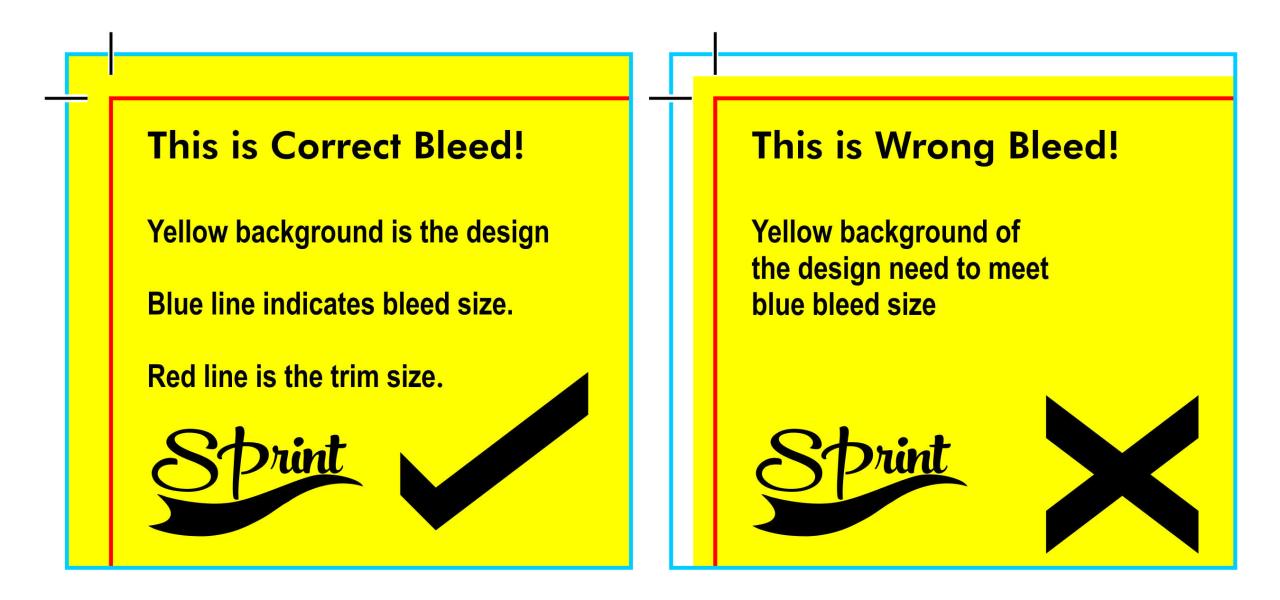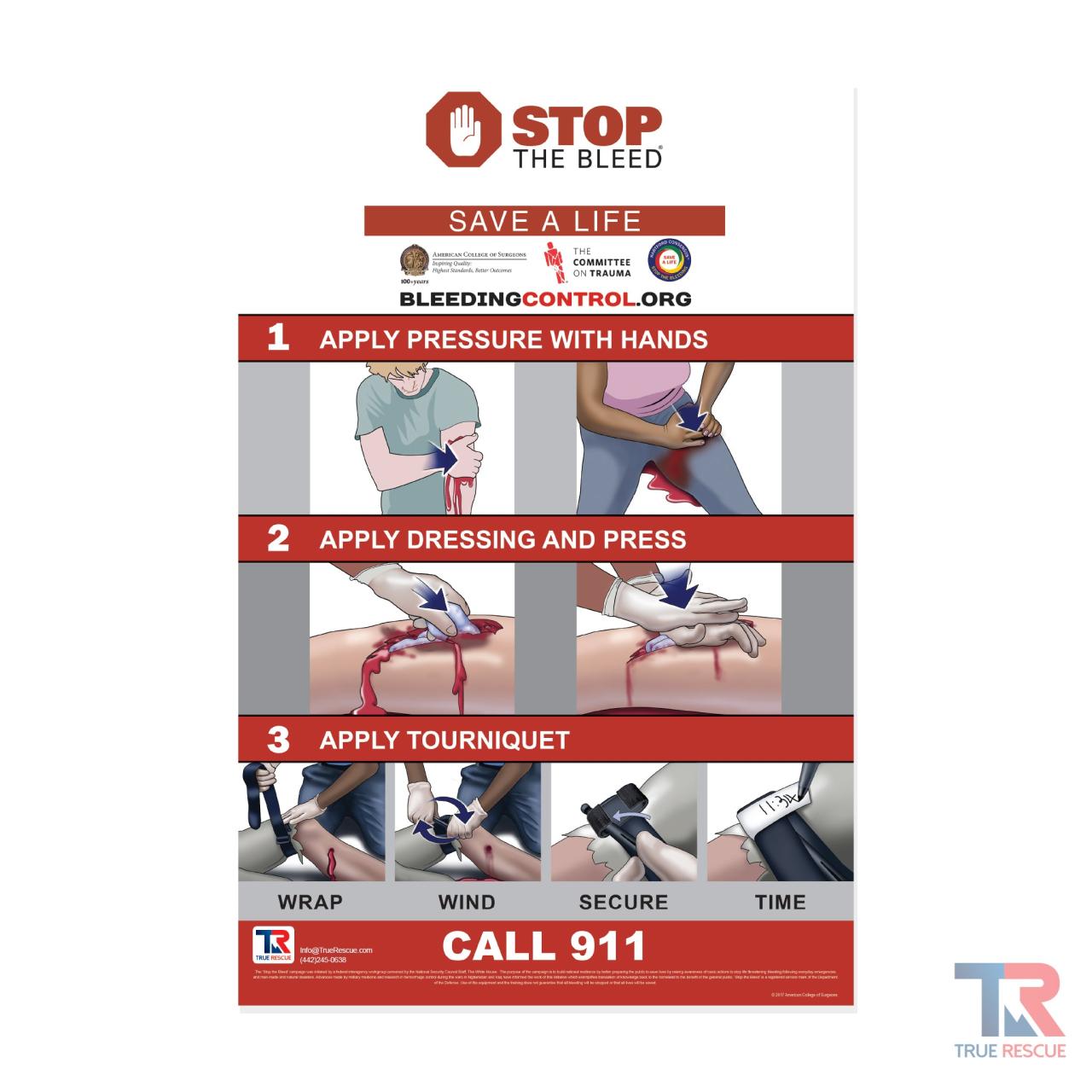Introduction to Power Steering Bleeding

The power steering system is a crucial component of modern vehicles, significantly enhancing driver control and comfort. It assists the driver in turning the steering wheel by reducing the physical effort required. This system utilizes hydraulic pressure to amplify the steering mechanism, making maneuvers easier and less strenuous, especially at low speeds or when parking.
Proper operation of the power steering system relies on maintaining the correct fluid level and pressure within the system. A consistent pressure level ensures optimal steering responsiveness and prevents potential damage to the system. Bleeding the power steering system is a vital maintenance task that removes air bubbles trapped within the system. These air pockets can hinder the hydraulic pressure flow, causing steering issues like a spongy or unresponsive steering wheel. Addressing these issues promptly helps ensure the power steering system functions efficiently and safely for extended periods.
Importance of Power Steering Bleeding
Bleeding the power steering system is crucial to maintain its efficiency and prevent potential problems. Air bubbles, introduced during maintenance or due to system leaks, can disrupt the hydraulic pressure flow. This leads to a loss of power assist, making steering more difficult and potentially increasing the risk of accidents. Regular bleeding prevents these issues and maintains the power steering system’s optimal performance.
Common Reasons for Power Steering Bleeding
Several factors can necessitate power steering bleeding. These include:
- Maintenance Procedures: Work like replacing or repairing the power steering pump, hoses, or steering components often introduces air into the system, requiring a bleed to restore functionality.
- System Leaks: Fluid leaks, whether from a damaged hose, a faulty seal, or a worn-out component, can lead to a loss of pressure and a need for bleeding to replenish the fluid and remove any air.
- New Fluid Addition: Adding new power steering fluid to the reservoir often necessitates bleeding to eliminate any air that may have been introduced during the process and ensure proper system pressure.
- Vehicle Operation Issues: If you notice a spongy or unresponsive steering wheel, difficulty in turning the steering wheel, or a decrease in the power steering’s assisting force, bleeding the system could be a potential solution.
Tools and Materials Needed
The following tools and materials are generally required for the power steering bleeding procedure:
| Tool/Material | Description |
|---|---|
| Power Steering Fluid | A suitable type of power steering fluid, recommended by the vehicle manufacturer, is crucial for optimal system performance and safety. |
| Bleeding Kit (or equivalent tools) | These kits often include a special fitting for the power steering system and a container for catching the drained fluid. |
| Jack and Jack Stands | These are necessary for safely lifting the vehicle to access the power steering reservoir and components. |
| Gloves | Protecting your hands with work gloves during the procedure is essential to prevent skin irritation and contamination. |
| Drain Pan | A suitable container for collecting the drained power steering fluid to prevent spills and contamination. |
| Torque Wrench | For tightening the power steering components to the correct specifications, to avoid potential issues and leaks. |
| Wrench Set (various sizes) | These are needed for various parts of the procedure, such as loosening and tightening connections and fasteners. |
Identifying the Bleed Valve Location

Power steering systems require periodic bleeding to remove air pockets, ensuring optimal performance and responsiveness. Proper identification of the bleed valve is crucial for this process. Incorrectly locating the bleed valve can lead to wasted time and frustration, potentially resulting in a failure to effectively remove air from the system.
Locating the power steering bleed valve varies significantly across different vehicle models. This often necessitates consulting the vehicle’s owner’s manual or a reliable online resource specific to the make and model. However, some common strategies exist to streamline the search. A systematic approach based on the vehicle’s design features and typical locations can greatly assist in finding the bleed valve quickly.
Understanding Bleed Valve Placement
The placement of the power steering bleed valve is often dictated by the power steering system’s design. It’s frequently situated in a readily accessible location, generally on the power steering reservoir or a nearby component. This location is designed to facilitate easy access for the technician or DIY enthusiast. Understanding the layout of the vehicle’s power steering components can often narrow down the possible locations.
Vehicle-Specific Bleed Valve Locations
Determining the exact location of the bleed valve requires a detailed examination of the vehicle’s make and model. Reference materials, such as the owner’s manual, are invaluable tools for this process. Alternatively, online resources tailored to specific vehicle models can provide precise information and diagrams.
| Vehicle Make | Vehicle Model | Bleed Valve Location |
|---|---|---|
| Ford | F-150 (2015-2020) | A bleed valve is typically located on the power steering reservoir, usually on the top or side. Consult the owner’s manual for the exact location. |
| Honda | Civic (2018-2023) | The bleed valve is frequently found on the underside of the power steering reservoir, close to the mounting bracket. Refer to the owner’s manual for accurate placement. |
| Toyota | Camry (2019-2023) | The bleed valve is often situated near the front of the engine, near the power steering pump. Consult the owner’s manual or a reliable repair guide for the exact location. |
Preparing for the Power Steering Bleeding Procedure

Proper preparation is crucial for a successful power steering fluid bleed. This involves not only ensuring the necessary tools and materials are readily available but also preparing the vehicle for safe and efficient access to the bleed valve. A well-prepared environment minimizes risks and maximizes the effectiveness of the procedure.
Vehicle Stabilization and Safety
Thorough vehicle preparation prioritizes safety and accessibility. The primary objective is to stabilize the vehicle and provide a safe working environment. This prevents any accidental movement or slips during the procedure.
- Parking and Support: Park the vehicle on a level surface, engaging the parking brake firmly. Use wheel chocks or similar support to prevent any unintentional movement. This precaution is essential for worker safety.
- Elevation and Accessibility: Safely elevate the vehicle using a reliable jack and jack stands. Ensure the jack stands are correctly positioned under the vehicle’s frame for stability. Adequate elevation provides clear access to the power steering reservoir and the bleed valve, significantly enhancing the procedure’s effectiveness.
Safety Precautions During the Procedure, How to bleed power steering
Observing safety precautions is paramount to avoid accidents or injuries during the power steering fluid bleed. These precautions ensure a secure and controlled environment.
- Protective Gear: Wear appropriate protective gear, including safety glasses, gloves, and closed-toe shoes. This safeguards against potential spills, debris, or accidental contact with tools.
- Environmental Awareness: Be mindful of your surroundings. Clear any obstacles or distractions that could hinder your work or create safety hazards. A clear workspace is essential for efficient and safe operation.
- Proper Lifting Techniques: If using a jack, adhere to the vehicle manufacturer’s specifications for jacking points and appropriate jack stand placement. Improper lifting techniques can lead to accidents. Always double-check the vehicle’s manual for precise lifting procedures.
Step-by-Step Vehicle Preparation
A structured approach ensures a smooth and efficient preparation process. This sequence facilitates clear execution and prevents errors.
- Parking and Chocking: Park the vehicle on a level surface and apply the parking brake. Secure the vehicle using wheel chocks to prevent movement during the procedure.
- Jacking and Support: Position the jack under a designated lifting point as indicated in the vehicle’s owner’s manual. Carefully raise the vehicle until sufficient clearance is achieved for work access. Support the vehicle using jack stands, ensuring they are correctly placed under the frame.
- Safety Gear: Put on appropriate safety glasses, gloves, and closed-toe shoes to protect against potential hazards.
- Environmental Check: Clear the area around the vehicle to create a safe and unobstructed working space. Ensure there are no obstructions that could impede access or create tripping hazards.
Bleeding the Power Steering System

Properly bleeding the power steering system is crucial for optimal performance and longevity. Air trapped in the system can hinder the smooth operation of the power steering, leading to reduced assistance and potentially causing damage to the pump or other components. A thorough bleeding process ensures a consistent flow of hydraulic fluid, maximizing the power steering’s effectiveness and preventing potential issues.
Power Steering Bleeding Procedure
This detailed procedure Artikels the steps for effectively bleeding the power steering system. Each step is vital for a successful bleed and should be followed meticulously. Incorrect execution can lead to incomplete removal of air, resulting in reduced power steering assistance or system failure.
| Step | Action |
|---|---|
| 1 | Locate the bleed valve, ensuring you have the correct location for your specific vehicle model. Refer to your vehicle’s repair manual for precise identification if needed. |
| 2 | Position the vehicle on a level surface. This ensures that the fluid flows properly and prevents air from accumulating in higher parts of the system. |
| 3 | Using a clean rag or paper towel, carefully wipe the area surrounding the bleed valve to prevent contamination. |
| 4 | Ensure that the power steering reservoir is filled to the appropriate level. Consult your vehicle’s manual for the correct fill level. Low fluid levels can lead to further issues during the bleeding process. |
| 5 | Using a wrench or other appropriate tool, carefully open the bleed valve. Take care not to overtighten or damage the valve. |
| 6 | Slowly and steadily operate the steering wheel back and forth. This simulates the steering actions that the system would normally undergo. While performing this action, carefully monitor the flow of fluid from the valve. |
| 7 | Close the bleed valve once a steady stream of fluid emerges without any visible air bubbles. Over-tightening the valve can cause damage. |
| 8 | Repeat steps 5-7 if any air bubbles are still visible in the fluid. Ensure a consistent flow of fluid without any air pockets. |
| 9 | Once the fluid flow is clear and free of air bubbles, carefully close the bleed valve. Tighten it securely, but avoid over-tightening. |
| 10 | Check the power steering reservoir fluid level. If necessary, top up to the recommended level. Insufficient fluid will compromise the system. |
Importance of Correct Bleeding Steps
Following each step meticulously is crucial for the proper functioning of the power steering system. Skipping a step or performing them incorrectly can lead to air pockets remaining in the system, hindering its efficiency and potentially causing long-term damage. A smooth, consistent fluid flow is essential for the power steering to operate optimally. Thorough bleeding ensures that the system functions at its peak, reducing strain on the power steering pump and preventing potential breakdowns.
Troubleshooting Common Issues: How To Bleed Power Steering

Power steering bleeding, while generally straightforward, can sometimes encounter unexpected hurdles. Understanding potential problems and their solutions is crucial for a successful and efficient procedure. This section details common issues, diagnostic methods, and corrective actions.
Slow or No Power Steering Return
After completing the bleeding procedure, the power steering system might not function as expected. A sluggish or non-responsive steering wheel indicates a potential problem that needs attention. Several factors can contribute to this issue.
- Insufficient Fluid Level: A low fluid level prevents proper hydraulic pressure. Check the reservoir level and top it off with the correct power steering fluid. Ensure the fluid is the correct type specified by your vehicle’s manufacturer.
- Air Pockets Remaining: Air pockets trapped within the system hinder the smooth flow of hydraulic fluid, reducing power assistance. Repeat the bleeding procedure, focusing on areas where air might have accumulated.
- Damaged or Clogged Lines: Internal blockages in the power steering lines can restrict fluid flow, impacting the power steering’s performance. Inspect the lines for damage or blockages. If necessary, replace any damaged lines.
- Faulty Power Steering Pump: A malfunctioning pump cannot generate the necessary pressure for proper steering assistance. A mechanic should diagnose and replace a faulty pump.
Leaks in the System
Leaks in the power steering system are another common issue that can disrupt the operation of the steering.
- Identifying Leaks: Look for fluid puddles or streaks around the power steering pump, hoses, and lines. Inspect the reservoir for leaks. A noticeable decrease in fluid level also indicates a leak.
- Addressing Leaks: Tighten any loose connections. If leaks persist, replace the damaged or worn components, such as hoses or seals. A mechanic should handle major repairs or replacements.
Steering Wheel Vibration
A vibrating steering wheel during operation might suggest underlying issues.
- Unbalanced Steering Components: An imbalance in the steering components can cause vibrations. Have the steering components checked for balance and alignment.
- Worn or Damaged Steering Components: Worn or damaged steering components, such as tie rods or ball joints, can lead to vibrations. Replace any worn or damaged parts as needed.
- Improper Steering Alignment: Misaligned steering can cause vibrations. Have the steering alignment checked and adjusted by a professional.
Other Potential Causes of Non-Functional Power Steering
A non-functional power steering system after bleeding can stem from various factors beyond the bleeding procedure itself.
- Electrical Issues: Problems with the electrical system, such as a faulty power steering pump motor, could prevent the pump from working. Check the electrical connections and fuses related to the power steering system.
- Malfunctioning Pressure Relief Valve: A stuck or malfunctioning pressure relief valve can prevent the system from operating correctly. Inspect the pressure relief valve for proper function.
- Steering Gear Issues: Internal issues within the steering gear assembly can hinder the power steering’s ability to function effectively. A mechanic should inspect the steering gear assembly for any potential problems.
Post-Bleeding Checks and Maintenance

Completing the power steering fluid bleeding procedure is just one step in ensuring smooth and efficient operation. Post-bleeding checks are crucial to verify that the system is functioning correctly and identify any potential lingering issues. These checks and maintenance steps are vital to prevent future problems and maximize the lifespan of the power steering system.
Verifying System Functionality
Proper functionality is key to a smooth driving experience. After bleeding the power steering system, the steering should feel lighter and more responsive. Ensure the steering wheel turns with a consistent and manageable effort. Observe the steering wheel play; excessive play could indicate a need for further attention.
Power Steering Fluid Level Verification
Maintaining the correct power steering fluid level is essential for system performance. An insufficient fluid level can lead to reduced power assist and potential component damage. The correct level is critical for proper hydraulic pressure and prevents overheating. Check the power steering fluid reservoir. The reservoir level should be within the designated range indicated by the manufacturer. Add fluid if necessary, using the appropriate type specified in your vehicle’s owner’s manual. Overfilling can also be detrimental, so avoid exceeding the maximum level.
Addressing Remaining Problems
If the steering still feels stiff or unresponsive after the bleeding procedure, further investigation is necessary. Consider these potential causes:
- Air Pockets: Even after bleeding, small air pockets might remain. Re-bleeding the system may resolve this issue.
- Worn or Damaged Components: Internal components such as hoses or seals could be worn or damaged, requiring professional attention for repair or replacement.
- Fluid Quality Issues: If the fluid is contaminated or has lost its lubricating properties, this could impact the system’s efficiency. Replacing the fluid with the correct type may be necessary.
Thorough inspection is important. Consult your vehicle’s owner’s manual or a qualified mechanic for guidance if you suspect a problem.
Post-Bleeding Maintenance Checklist
Following a structured checklist ensures you don’t overlook any critical steps.
- Fluid Level Check: Verify the fluid level in the reservoir. Ensure it’s within the appropriate range.
- Steering Feel Assessment: Evaluate the steering’s responsiveness and effort required to turn the wheel. Look for any unusual resistance or play.
- Visual Inspection: Examine the system for leaks or any signs of damage. Look for leaks at hoses, connections, and the reservoir.
- Fluid Condition Check: Inspect the fluid for any contaminants or unusual color changes. This indicates the quality of the fluid.
- Record Keeping: Document the procedure, including the date, fluid type, and any observations. This is important for future reference and potential troubleshooting.
Advanced Techniques and Considerations

Power steering bleeding, while generally straightforward, can present unique challenges depending on the vehicle’s design and specific circumstances. Understanding advanced techniques and potential issues allows for more efficient and effective troubleshooting. This section explores advanced approaches, specific scenarios, and crucial considerations for various vehicle types and fluids.
Advanced Bleeding Techniques
Specialized tools and methods can enhance the efficiency and effectiveness of power steering bleeding. Using a vacuum pump, for instance, can effectively remove air pockets more rapidly than manual methods. This is particularly useful in vehicles with complex steering systems. A pressure gauge can aid in confirming that the system is adequately pressurized, ensuring complete removal of air.
Unique Situations Requiring Special Attention
Certain scenarios necessitate careful attention during the bleeding process. For example, vehicles with low fluid levels, often due to leaks, require thorough examination and potential fluid replacement before commencing the bleeding procedure. Furthermore, older vehicles with corroded or damaged components may require more time and patience due to potential air entrapment. Additionally, certain types of off-road vehicles or those operating in extreme temperatures might necessitate modified procedures due to the potential for fluid expansion or contraction.
Vehicle Type Considerations
Different vehicle types have unique power steering systems. For instance, older vehicles may have simpler systems, making the bleeding process more straightforward, while newer models with electric power steering systems may have different fluid requirements and specialized procedures. SUVs, with their larger volumes, might require more fluid and longer bleeding times compared to smaller cars. The size and complexity of the vehicle will dictate the appropriate approach and potential issues.
Power Steering Fluid Compatibility
Choosing the right power steering fluid is critical for optimal system performance and longevity. Different manufacturers specify specific types of fluid for their vehicles. Using the incorrect fluid can lead to component damage and reduced efficiency. Consulting the vehicle’s owner’s manual is crucial to determine the recommended fluid type and viscosity, ensuring compatibility with the specific vehicle’s components. Using the correct fluid prevents issues such as foaming, leaks, or premature wear. For example, using a high-viscosity fluid in a vehicle designed for a lower viscosity can lead to increased friction and potential overheating of the pump.
Visual Aids and Diagrams

Visual aids, such as diagrams and illustrations, play a crucial role in understanding and performing power steering system bleeding procedures. Clear visual representations of components, bleed valve locations, and steps involved significantly enhance the comprehension and execution of the process. They are invaluable tools for both novice and experienced technicians.
Power Steering System Components
A comprehensive diagram of the power steering system illustrates the interconnectedness of various components. This visual aid helps in identifying the crucial parts involved in the hydraulic system. It should depict the power steering pump, the power steering fluid reservoir, the steering rack and pinion, and the steering column. Additionally, the diagram should highlight the flow of fluid within the system, clearly indicating the direction of fluid movement. This visual representation provides a complete picture of the system’s inner workings.
Bleed Valve Locations
Different vehicle models have distinct bleed valve locations. Illustrations are essential to pinpoint the exact position of the bleed valve on specific vehicles. These illustrations should be categorized by vehicle make and model, showing the valve’s location on the power steering pump or reservoir. Accurate identification of the bleed valve is paramount for successful bleeding.
Bleeding Process Steps
Visual representations of the bleeding process are highly beneficial. Illustrations depicting each step, from opening the bleed valve to observing fluid flow, are crucial for a practical understanding. These images should show the necessary tools being used, and the correct positioning of the vehicle for the bleeding procedure. A series of sequential images demonstrating each step ensures a clear and detailed understanding of the procedure.
Necessary Tools
A high-quality image of the tools required for power steering bleeding will aid in preparedness. The image should clearly display a wrench, a funnel, a container for the old fluid, a power steering fluid, and other relevant tools, like a container for used fluid. The image should be organized and well-lit, showcasing the tools in an easy-to-understand manner. This aids in assembling the necessary tools before starting the procedure.
FAQ Overview
How to bleed power steering – What kind of power steering fluid should I use?
Consult your vehicle’s owner’s manual for the recommended power steering fluid type. Using the correct fluid is crucial for optimal performance and system longevity.
What if the power steering fluid level is too low after bleeding?
Check for leaks in the system. If no leaks are found, slowly add the recommended fluid to the reservoir, ensuring the correct level is maintained.
How long does it typically take to bleed a power steering system?
Bleeding time varies depending on the vehicle and the extent of any issues. Allow ample time for the procedure, and don’t rush the steps.
Can I bleed the power steering system without jacking up the car?
In some cases, bleeding the system may be possible without lifting the vehicle, but it often requires more effort and precise technique. Refer to your vehicle’s specific instructions.